The Importance of Conservation of Historical Buildings
"If walls could tell stories!" says Annette Liebeskind. She refers to historic buildings, many of which are now protected as listed buildings. "Their state, shaped over decades, makes them particularly expressive – either because they vividly illustrate a construction era or because their layered modifications reveal much about history. Most were created with craftsmanship pride, some even with artistic intent," Liebeskind enthuses.
Yet, monuments are lost daily due to neglect, profit-seeking, or weather events. Their stock becomes increasingly rare and valuable, making the careful preservation of listed buildings more essential than ever.
Listed Building Renovation – Definition and Legal Framework
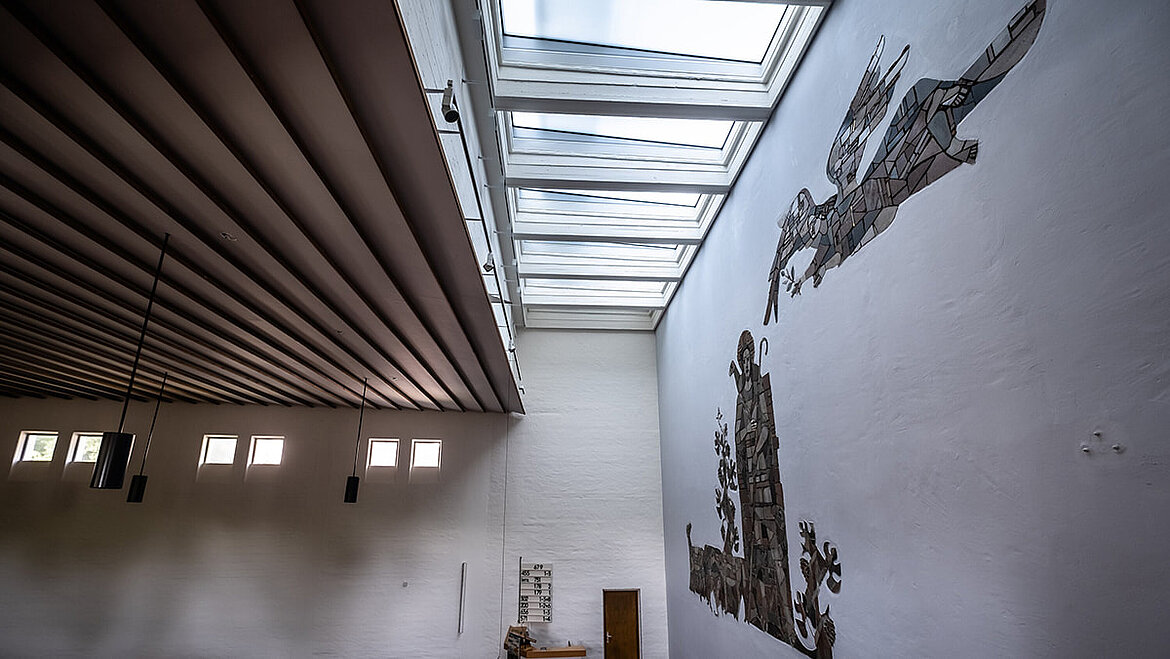
"Monument protection means that buildings, technology, gardens, and parks that have special significance for the identity and development of a society are placed under protection," says Annette Liebeskind. Each federal state in Germany has its own monument protection law. "Buildings can be protected because of their historical, artistic, or scientific value," explains Liebeskind. According to the law, they are therefore subject to a duty of preservation:
"If the owner does not commit to the preservation of the listed building, fines may be imposed, or even preservation measures may be carried out by public authorities," says Liebeskind. Legally, they also enjoy environmental protection: “This means that they must be maintained for long-term preservation and kept as unchanged as possible in their substance.”
Historic building renovation is therefore important but also highly sensitive. In cases of repurposing or construction and renovation work, there are exemptions from the current requirements of the Building Energy Act, meaning that listed buildings are exempt from these regulations.
Historic Building Renovation – Opportunities and Challenges
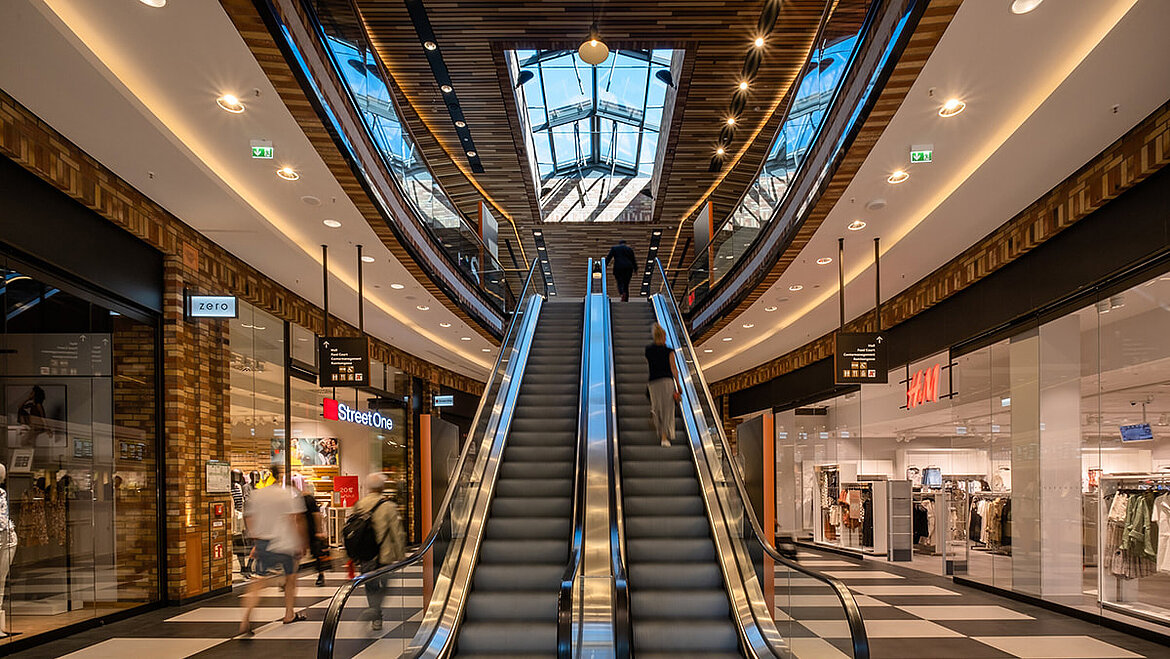
All structures deteriorate if not maintained, which makes proper usage crucial. Liebeskind explains: “Renovation under monument protection is necessary when no timely maintenance measures have been taken, a sudden damage event has occurred, for example due to weather events, or the usage is to be adapted.”
"These are required so that during the renovation of historic buildings the correct materials and techniques are used in order to exclude future construction damage as far as possible and to ensure that the most meaningful parts of the monument are not lost. This means that the interventions remain reduced to the necessary extent," explains Liebeskind.
Key challenges and considerations in restoring listed buildings include:
- Coordination with local heritage authorities and obtaining the required preservation permits.
- The rarity of traditional craftsmanship and construction knowledge today.
- Difficulty sourcing historic materials such as lime, timber framing, clay construction, or natural stone.
- Rising construction costs, often mitigated by public funding programs.
Owners must respect both the conservation of listed buildings and legal prohibitions against demolition or destruction of heritage substance.
Planning and Funding Historic Building Renovation
For this reason, it is advisable to commission a planner, architect, or craftsman with experience in heritage projects for prior assessment to preserve architectural heritage. Liebeskind emphasizes: "Sometimes prior reports on the extent of building damage, such as the condition of the wood, are necessary to recognize which components are monumentally relevant and where one can act more generously." According to her, this is often where the greatest challenges in monument renovation lie: former craftsmanship and material knowledge are rare today, just as the construction techniques and materials commonly used at the time – such as lime, timber framing, clay construction, or natural stone – have become difficult to source.
This also drives up construction costs, which is why there are a number of public funding programs available to owners of listed buildings. Each funding institution has its own requirements that must be met. If owners are unsure which renovation measures are permitted and which are prohibited, the heritage protection laws mentioned earlier provide clarification.
However, the demolition and destruction of monument substance is generally prohibited, and environmental protection must be respected.
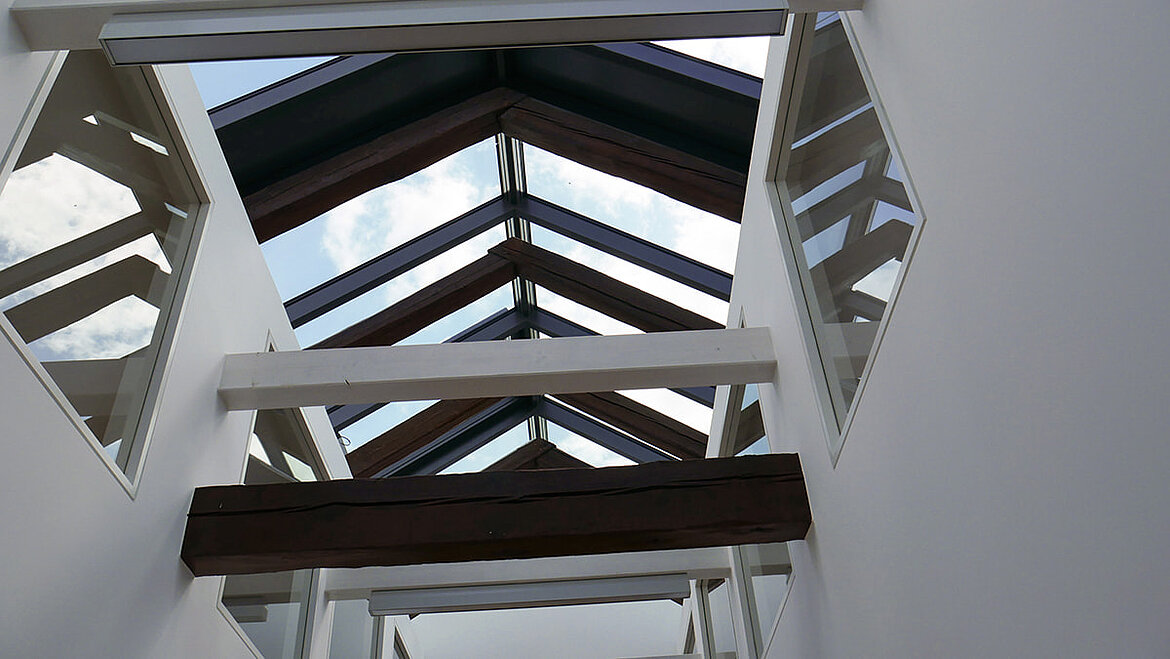
Historic Building Renovation of Roofs with Daylight
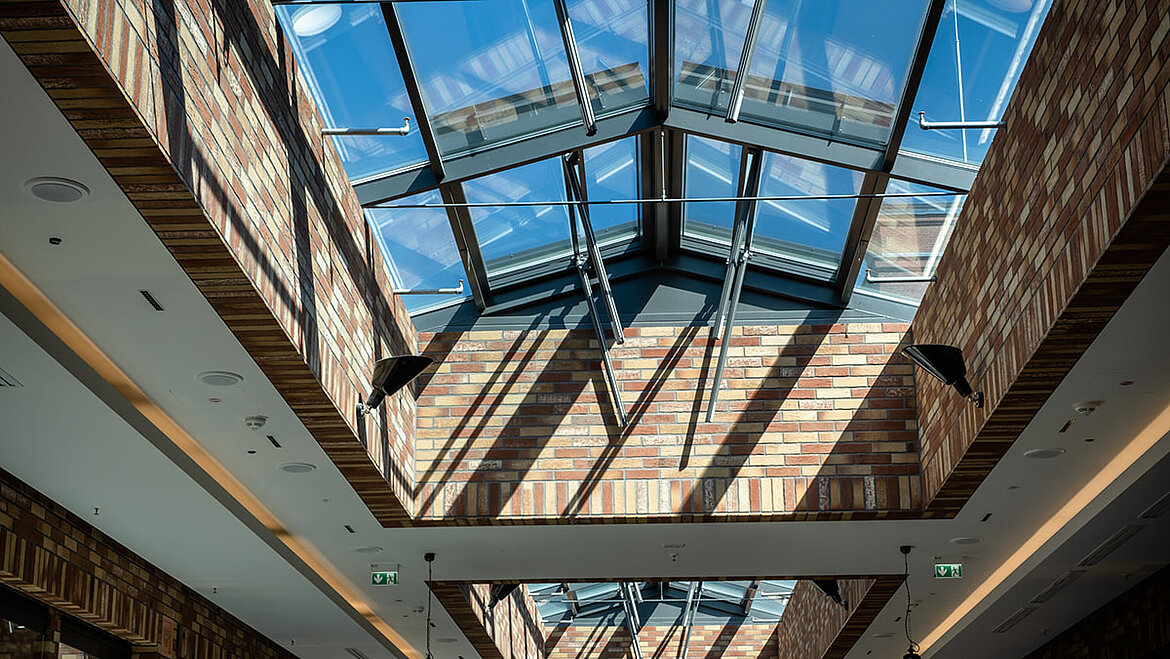
Special requirements exist in the monument-appropriate renovation of roofs: "Preservation of the roof geometry, construction, design with elements such as dormers as well as the historic roofing material must be taken into account," explains Liebeskind. Often, historic roof trusses are centuries old and should be repaired with care.
Liebeskind therefore advocates for craftsmanship repairs instead of complete re-roofing: "Aesthetics is an important factor in roofs." For this reason, special caution is also required when integrating skylights. According to Liebeskind, in the renovation of historic roofs the historic construction, a balanced design, and existing symmetries should be taken into account: "New should subordinate itself to the historically evolved."
She knows that not all historic roof trusses are suitable for use. Current skylights, such as those of LAMILUX, can however confidently be integrated where the use requires it and where they do not compete with historic roof lighting. "The diverse skylights and products that exist today offer new possibilities in the renovation under monument protection and allow appropriate designs, whether as a continuous roof light along the ridge or in the lower roof area, or as sophisticated light-guiding constructions that direct daylight into areas that otherwise remain unlit. Used wisely, they can facilitate changes in use and minimize interventions," says Annette Liebeskind.
Climate Change, Monument Protection and Historic Building Renovation
Sustainability should also not be forgotten. The LAMILUX skylights contribute significantly to increased energy efficiency of the heritage property – a positive aspect. Liebeskind calls for monuments to be understood more strongly as models for sustainable building: “One can study principles of resource conservation and energy efficiency on them.”
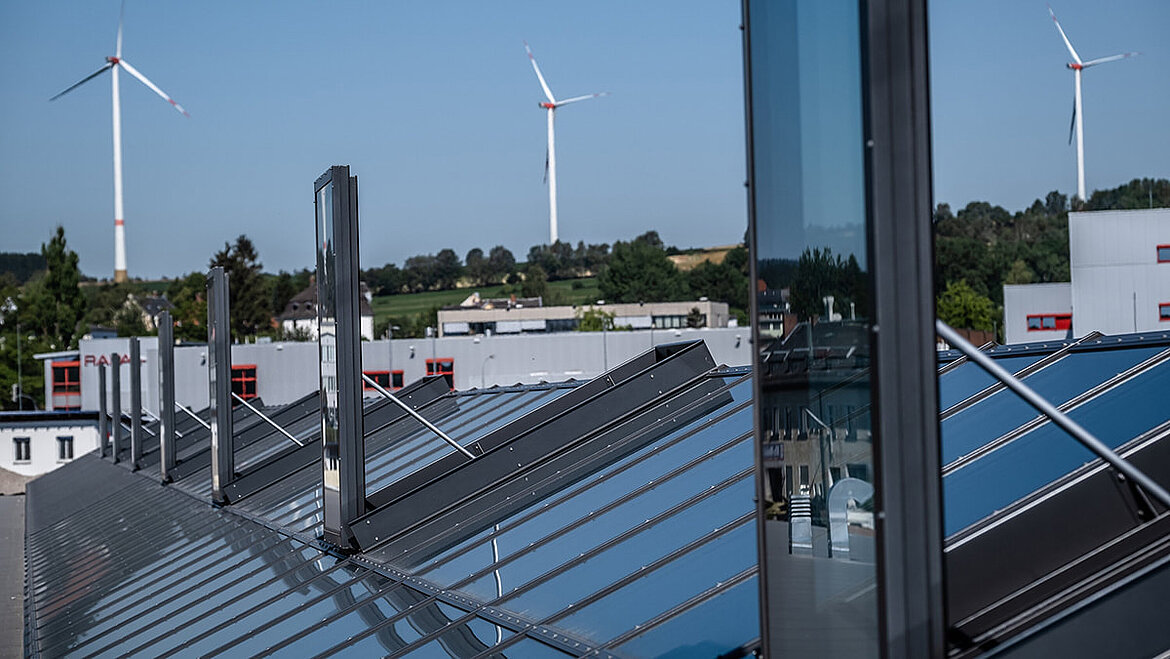
In her opinion, strategies can be researched on historic buildings for how to constructively address regional climatic challenges, in order to at least reduce the use of technology that we do not want to forgo. In addition, according to Annette Liebeskind, in the future a true life cycle assessment should be carried out for every building project – from resource extraction through transport, construction, and usage phase to demolition.
She is certain that in such a comparison existing buildings would perform significantly better in terms of energy and climate than replacement new buildings, because today often only the usage phase is evaluated. “Monument protection is therefore in many cases synonymous with climate protection,” says Liebeskind. And further: “If one preserves the existing building and sensitively develops it further, one saves resources, minimizes land consumption also for waste disposal sites, preserves values for the future, and provides employment for local craftsmen.”
For the future of historic buildings, she also wishes that more people would recognize the value and potential of listed buildings and show a bit more composure in this regard, because in her opinion demolition does not have to take place immediately if no direct use is in sight: “One can certainly trust future generations to come up with creative new usage concepts.”

